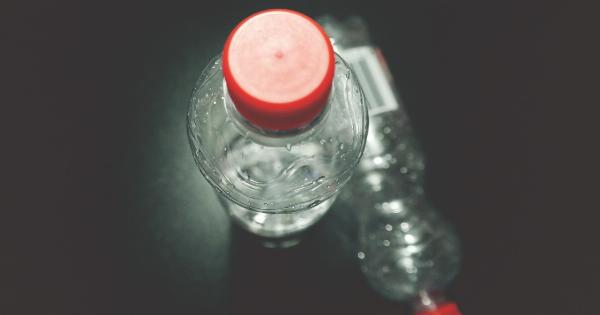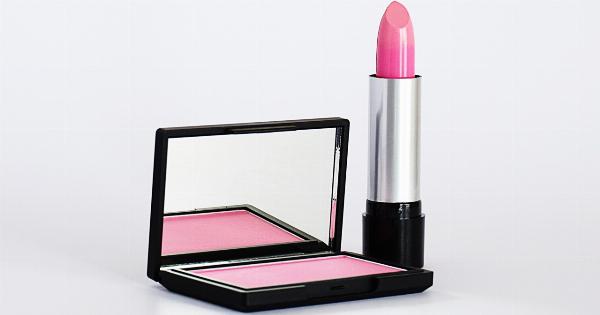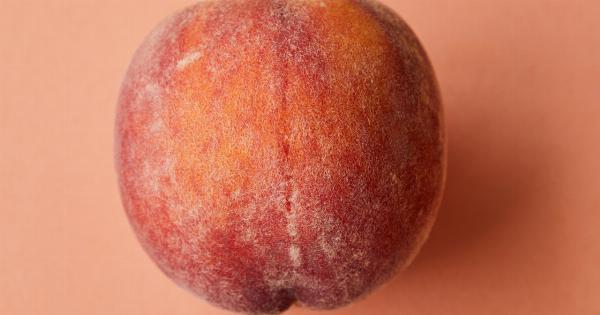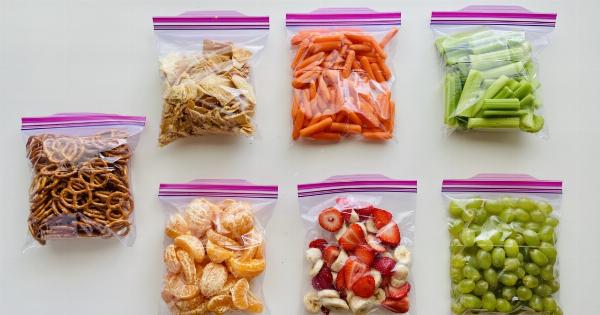Lemons are a versatile fruit, known for their vibrant yellow color and tangy flavor. Whether you use them for cooking, baking, or just as a refreshing addition to your drink, lemons add a zest that can elevate any dish.
However, like any other perishable food item, lemons can spoil over time. In this article, we will explore the 4 indicators of lemon spoilage, allowing you to discern between fresh lemons and those that are past their prime.
Indicator 1: Mold Growth
Mold growth is a clear sign that lemons have spoiled. When you observe fuzzy green or white spots on the surface of a lemon, it is time to discard it. Mold not only affects the flavor and texture of a lemon but can also pose health risks if consumed.
Additionally, mold growth can spread quickly to other lemons, so it is essential to remove any contaminated fruit from your storage area immediately.
Indicator 2: Soft or Squishy Texture
A fresh lemon should have a firm texture when you gently squeeze it. If you notice that a lemon feels soft or squishy to the touch, it is likely past its prime.
This change in texture occurs as the lemon’s flesh starts to break down and lose its moisture content. Avoid using lemons with a mushy consistency, as they may taste bland or off-putting.
Indicator 3: Off Odor
Your sense of smell can be a powerful tool in determining the freshness of lemons. While lemons have a distinct citrusy aroma, spoiled lemons often emit an unpleasant smell.
If you detect any off odors, such as a sour or fermented scent, it’s a clear indication that the lemons have gone bad. Trust your nose and discard any lemons with a foul odor.
Indicator 4: Discoloration
Another indicator of lemon spoilage is discoloration. Fresh lemons should feature a vibrant yellow hue, but as they spoil, their color may change.
Look out for any browning or darkening of the lemon’s skin, as it signifies the breakdown of the fruit’s quality. Remember that some natural variation in color can occur between different lemon varieties, so focus on significant changes in coloration.
Preventing Lemon Spoilage
While it is essential to know the indicators of lemon spoilage, it is equally important to minimize the risk of spoilage in the first place. Here are a few tips to help you extend the shelf life of your lemons:.
1. Proper Storage
Store your lemons in a cool, dry place, away from direct sunlight. The ideal temperature for lemon storage is between 40 and 50 degrees Fahrenheit (4 to 10 degrees Celsius).
Avoid refrigerating lemons unless necessary, as they can become desiccated in extremely cold conditions.
2. Separate and Inspect
When you purchase lemons, inspect each one and separate any damaged or overripe fruits from the rest. By doing so, you prevent the spread of mold or spoilage from one lemon to another.
Proper inspection and separation will help you make the most of your lemon supply.
3. Wrap or Seal
If you only need part of a lemon, wrap the unused portion tightly in plastic wrap or store it in a sealed container. This helps to retain the lemon’s moisture and delays the onset of spoilage.
4. Utilize Freezing
If you have an excess of lemons or want to stock up before they spoil, consider freezing them. Squeeze the juice from the lemons into ice cube trays and freeze. Once frozen, transfer the lemon cubes to a freezer-safe bag or container.
This way, you can have a ready supply of lemon juice for your cooking or beverage needs.
Conclusion
Knowing the indicators of lemon spoilage is essential for maintaining the quality and flavor of this versatile fruit. Remember to check for mold growth, texture changes, off odors, and discoloration before using lemons in your culinary creations.
By adhering to proper storage practices and taking preventative measures, you can prolong the freshness and enjoy the tangy goodness of lemons for longer.




























